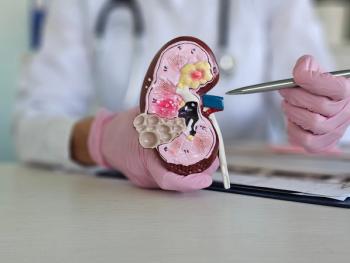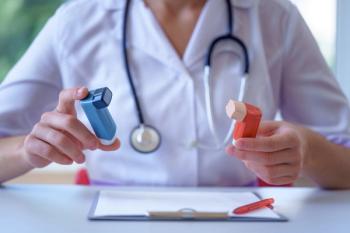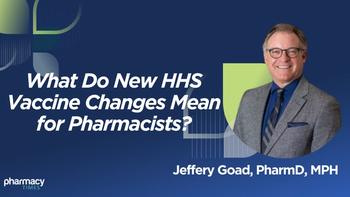
Solving the Mental Health Gap With Prescription Digital Therapeutics
Prescription digital therapeutics (PDTs) offer scalable, accessible alternatives to traditional treatments—supporting patients, providers, and payers while addressing gaps in mental health care.
In an interview with Pharmacy Times®, Areo Nazari, PharmD, CEO at CaryHealth, explained that patients can expect accessible and enjoyable alternatives to traditional medication through prescription digital therapeutics (PDTs) while providers gain new ways to expand and monetize their practices. He emphasized that payers might initially see PDTs as an added cost, but data show they can reduce overall health care expenses by preventing unnecessary medical visits. Nazari highlighted that PDTs help alleviate the shortage of mental health professionals by broadening treatment access and enabling better monitoring of patient progress. He also noted that PDTs have potential beyond mental health, offering safe, effective options for managing chronic diseases without the typical adverse effects of medications.
Pharmacy Times: What can patients, providers, and payers expect as PDTs enter mainstream health treatment?
Areo Nazari, PharmD: To sum it up, I think patients can expect alternatives to traditional medication and access, right? It's also just a very enjoyable experience that you can typically do on your own time. So, something I think is better than taking a very large capsule.
For providers, it's a way to monetize what you do and another way to expand practice—but again, also another treatment option that's an alternative to traditional therapeutics. I think that's very important.
As far as payers, I think a lot of payers view this as just an extra cost, but there are plenty of data—not just with PDTs, especially with cognitive behavioral therapy—data that show both direct and indirect reductions in medical expenditure because of using PDTs or cognitive behavioral therapy. So, in the long run, it should help reduce the cost of health care and prevent unnecessary [emergency department] visits, things of that nature. I think there's a whole new world that opens up when you approve PDTs.
Pharmacy Times: How do PDTs address the shortage of mental health professionals in the US?
Nazari: There's always going to be a need for therapy and for alternative medications, and today there are just not enough providers to treat everyone who needs treatment. PDTs can play a crucial role in helping alleviate a lot of that strain on the health system.
We actually work with Otsuka Precision Health—so OPH—and they have a product called Rejoyn. Rejoyn helps treat major depressive disorder, and the idea is to use it in conjunction with therapy. It's also another way for providers to give treatment to patients and monitor the results of said treatment.
I think it helps broaden access, it helps bring in effective treatment, and we know it works. It's very important to make it accessible to patients today and make it covered.
Pharmacy Times: Beyond current applications, what other disease areas show the most promise for PDT development?
Nazari: I think, really, when you look at it, any chronic disease could benefit one way or another. It may not look the same; it may not always be purely cognitive behavioral therapy. There are other ways, such as introducing wearables and monitoring the results and progression of disease states. There are a lot of opportunities.
If you look at other countries as an example—cognitive behavioral therapy, in some cases in the US too—it is actually first-line treatment for many disease states, whereas medication is first-line in the US. One example I can give you is [attention-deficit/hyperactivity disorder]. If you look at the [National Health Service] in England, cognitive behavioral therapy is first-line treatment; medication is second-line. In the US, first-line treatment is medication. This is including pediatric patients.
There's just a whole host of areas that PDTs can come in and assist—and also be a first-line opportunity to use a nontraditional therapy. And obviously, you don't have [adverse] effects like you typically do with medications. I should say tangible [adverse] effects, right? Of course, there could potentially be some [adverse] effects, but there are no dangerous [adverse] effects with CBT. It's a very safe and effective way to treat patients [in the] first line.
Newsletter
Stay informed on drug updates, treatment guidelines, and pharmacy practice trends—subscribe to Pharmacy Times for weekly clinical insights.














































































































































































































